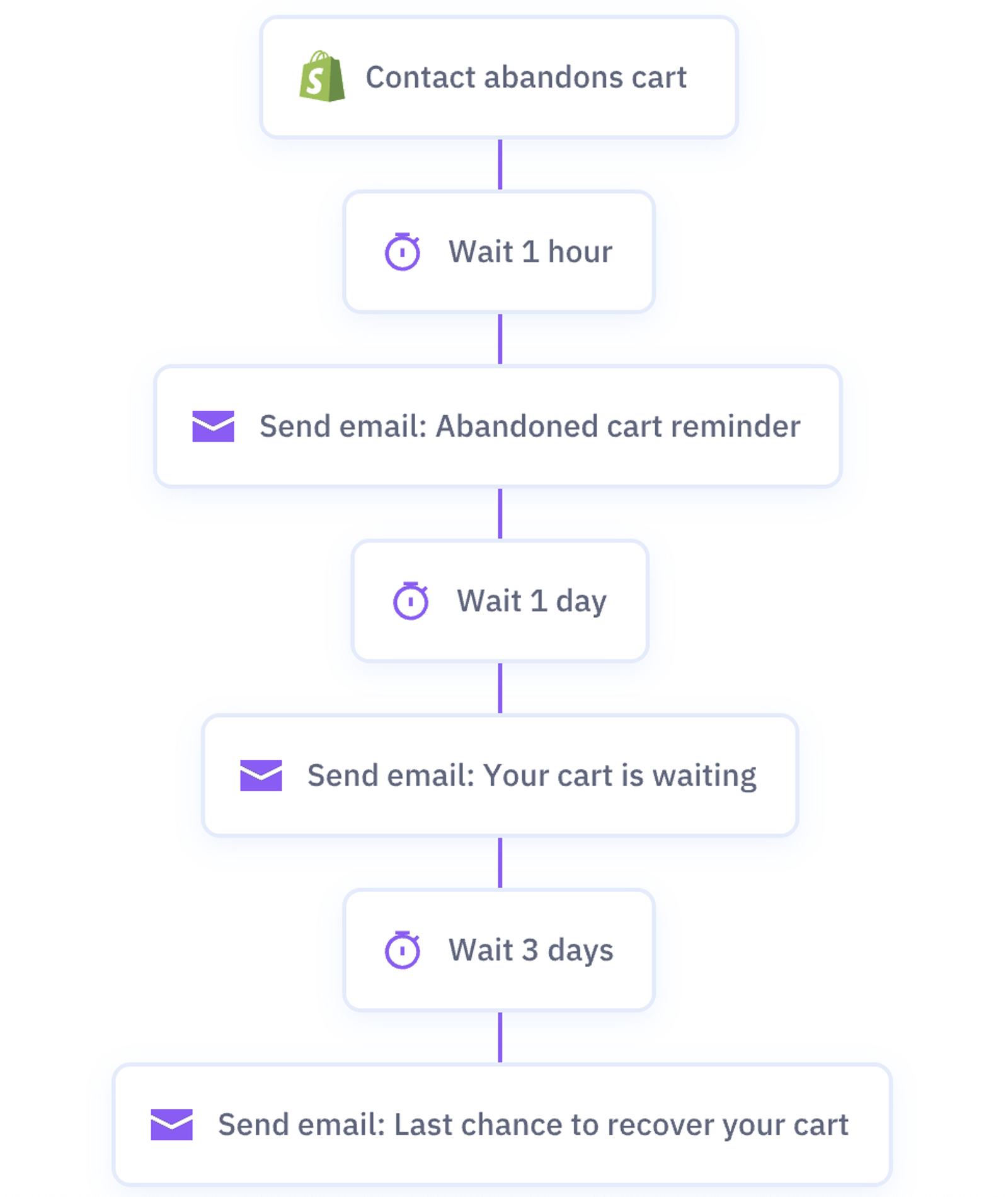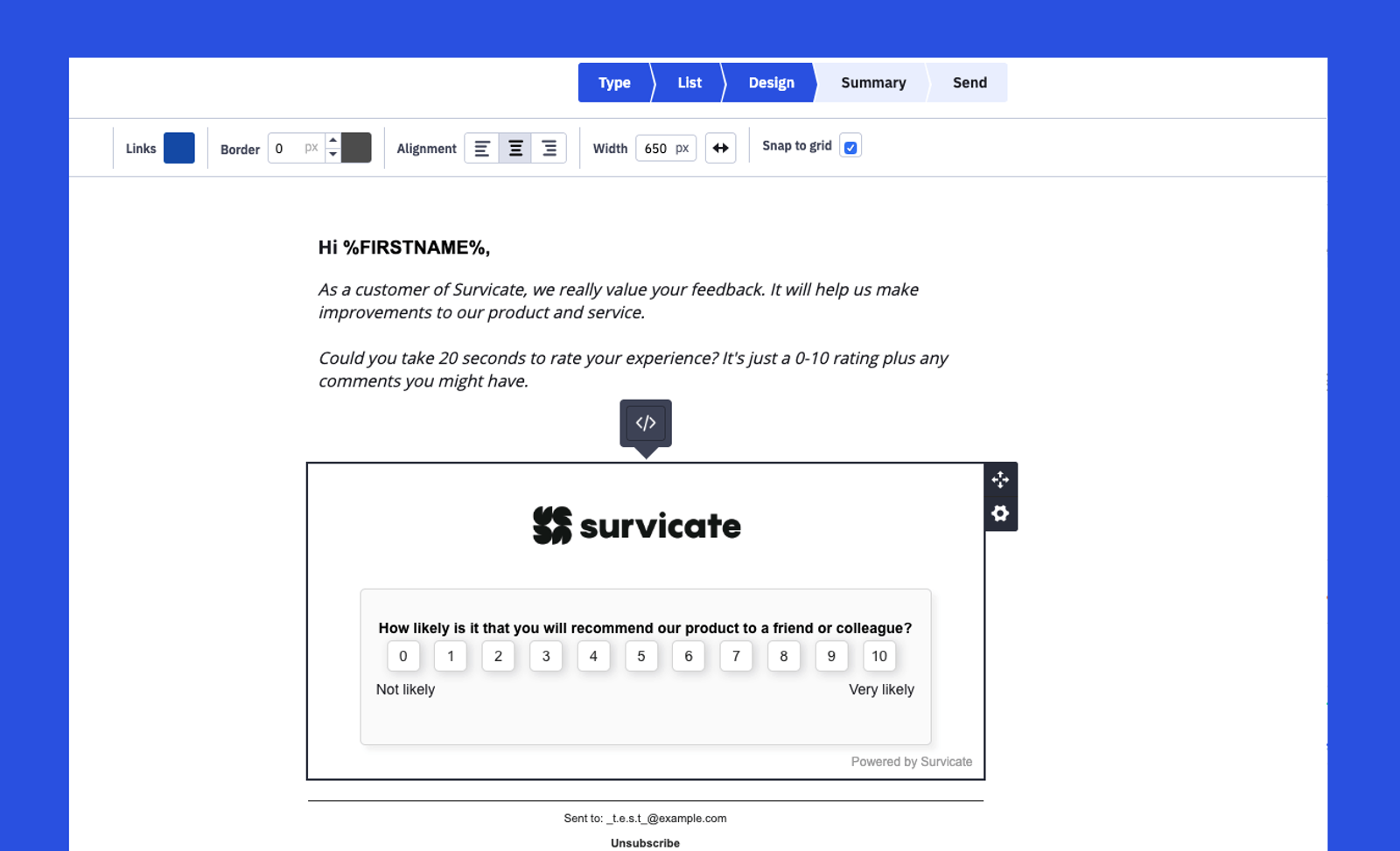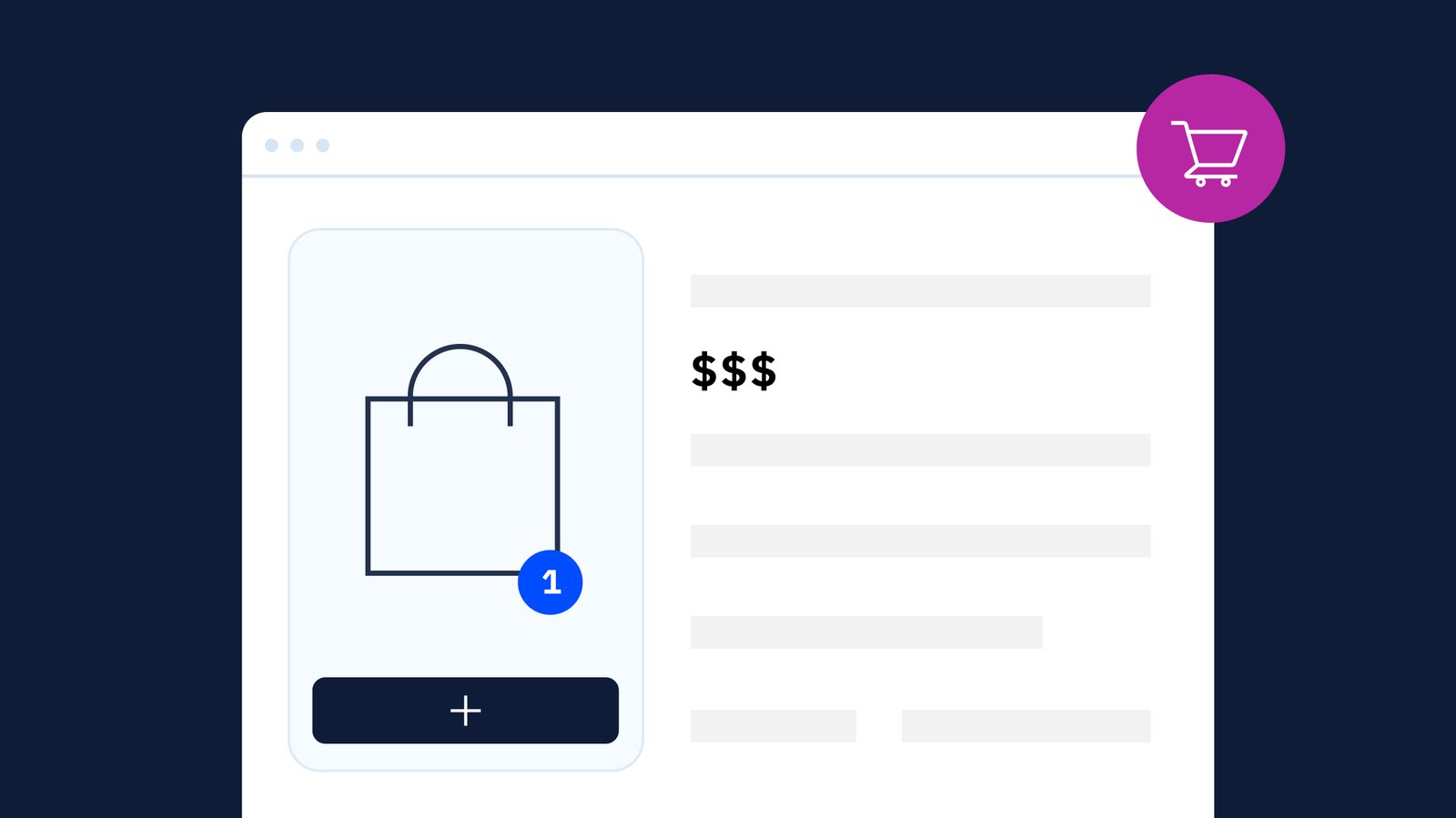Today, it’s the easiest it's ever been to shop online with just a few taps on your phone screen. Online retail is showing no signs of slowing down.
Studies show that by 2026, e-commerce sales will continue to grow by 56%, reaching a whopping $8.1 trillion in total revenue.
While brick-and-mortar storefronts are certainly not going away, the typical modern consumer is more likely to buy their favorite products online, making a brand's online presence and e-commerce efforts crucially important.
For marketers around the world, staying tuned in to the latest e-commerce trends as they ebb and flow is the best way to meet customers where they are—online. Gone are the days when consumers needed to go into physical store locations to shop. With shifting buyer preferences comes the need for companies to cater to their customers and ensure their e-commerce motion is in full working order.
E-commerce trends are the heartbeat of online retail, and while they continue to change over time, we've narrowed it down to the biggest trends that will affect businesses in the coming months and years.
The 11 e‑commerce trends that online retailers are using to drive sales
To give us a baseline here, e-commerce trends are used by thousands of businesses every year. Things like rewards programs, automation, and AI-powered personalization are strategies online retailers adopt that improve the customer experience and keep consumers interested in the brand.
Let's take a look at the top 11 e-commerce trends you should know about:
- Using AI to understand your customers
- Video content is what resonates
- Additional payment methods
- Voice search is on the rise
- Consumers lean toward brands that line up with their beliefs
- Prioritize customer support
- Marketing automation drives conversions and productivity
- Augmented reality engages shoppers
- Personalize the customer experience
- Social commerce
- Lean into subscriptions to retain customers
Using AI to understand your customers
Artificial intelligence (AI) plays a crucial role in understanding how customers shop, making it easier for businesses to enhance their online stores and provide better support. AI can collect data by analyzing what customers search for, what they buy, and how they navigate websites. This information helps businesses spot trends and understand customer preferences. For example, AI algorithms can suggest products similar to what a customer has bought before, making online shopping experiences more personalized.

AI improves customer experience for online shoppers by suggesting products that match a customer's interests. Let's say you often buy sports equipment; AI can recommend related items like athletic wear or accessories. This personal touch not only helps customers find what they want quickly but also increases online sales for businesses.
AI enhances the overall online customer journey. By analyzing data, businesses can design websites that are easy to navigate. AI can predict what products customers might be interested in, creating a customized website experience. For instance, if a customer frequently searches for books, the website might highlight new book releases or favorite genres. By continuously analyzing data, businesses can make their online shops more user-friendly and enjoyable, boosting customer loyalty and ensuring they keep coming back for great experiences.
Video content is what resonates
Integrating video content into your e-commerce strategy can significantly enhance the customer experience and foster brand engagement. Videos provide an immersive way for customers to interact with products, allowing them to see and understand items in action.
A few ideas on how you can start to use video in your strategy:
- Create product demonstration videos: These videos showcase how a product works, helping customers make informed decisions.
- Shoot a storytelling video: This type of video can create emotional connections by sharing the brand's story or customer testimonials, building trust and credibility between you and your customers.
- Livestream: Livestreaming is a growing and evolving trend, enabling real-time interactions where customers can ask questions and receive instant responses. This replicates the in-store experience online and gives consumers the chance to interact with you before making a purchase.
Video content in e-commerce is marked by innovations like augmented reality (AR) (which we'll talk about a little later) and interactive videos. Interactive videos enable viewers to click on items within the video, leading them directly to the product page and streamlining the purchasing process. These advancements create dynamic and engaging shopping experiences, making customers feel more connected to the brand.
Additional payment methods
Customers prefer having multiple payment options for online purchases because it provides flexibility, security, and convenience. Offering various payment methods allows customers to choose the option that suits their preferences and financial situation. Some may prefer using credit cards, while others opt for digital wallets, debit cards, or even alternative payment platforms like PayPal. Having these choices can be the difference between securing or losing a sale.
More importantly, different payment methods provide varying levels of security. For instance, some customers might feel safer using secure payment gateways like Apple Pay or Google Pay, which add an extra layer of protection to their transactions.
For e-commerce businesses, offering additional payment methods is not just a convenience but a necessity. It prevents you from missing out on potential sales and revenue. If a customer's preferred payment option is not available, they might abandon their cart and shop elsewhere, leading to lost opportunities. By diversifying payment methods, businesses can capture a broader audience, including international customers who might have different preferences based on their region.
Voice search is on the rise
Marketers are increasingly harnessing emerging technologies like voice search to elevate their social commerce strategies in response to the growing reliance consumers have on smart speakers and voice assistants.
Research reports that more than 1 billion voice searches take place every month, and more than 50% of research participants reported using voice search daily.
As these voice-activated devices become commonplace in households across the world, people are integrating them into their daily routines, relying on them for tasks ranging from setting reminders to making online purchases.
As an e-commerce business owner, you can tap into this trend and increase the likelihood of consumers exploring your brand's products by incorporating voice search capabilities into your business. This technology helps customers ask questions directly in your online shop, creating a conversational and interactive shopping experience. This empowers you to engage with customers on a personal level, providing instant information and assistance.
Consumers lean toward brands that line up with their beliefs
More and more, consumers are choosing to spend their money on brands that align with their beliefs. This is backed up with pretty convincing data.
Data shows that 82% of shoppers want a consumer brand’s values to align with their own, and they’ll vote with their wallet if they don't feel a match.
Plus, three-quarters of shoppers reported parting ways with a brand over a conflict in values. Aligned values are of major importance to consumers. They want to spend their money on companies that care about the same things that they do.
One example of how an e-commerce brand might start showing their values to customers could be offering to reduce the number of boxes used to send a large order, letting the customer opt to have all products shipped together. Another example would be using a range of diverse models in a clothing or beauty campaign. Both of these examples show the consumer how your brand walks the walk.
Prioritize customer support
We all know that customer support is at the forefront of all good e-commerce businesses. It's an essential component that makes sure any issues with products are resolved in a timely, efficient manner. Poor customer support can cause customers to turn away and choose to buy elsewhere.
It's such an important puzzle piece to your business that 81% of consumers believe a strong support experience encourages them to come back and buy again.
Many companies enlist the help of customer service chatbots to answer more questions and improve customer relationships.
Another way to improve customer support is by using ecommerce marketing automation software to streamline communication, personalize interactions, and respond quickly. Automation platforms like ActiveCampain help you automate marketing motions, send targeted messages, and provide offers tailored to individual customer preferences, creating a more personalized experience. Automation tools also enable businesses to engage customers across various platforms and channels, ensuring consistent messaging and branding.
Marketing automation drives conversions and productivity
Speaking of marketing automation trends, using an automation tool can also help your business drive conversion rates. By automating repetitive tasks and orchestrating targeted e-commerce marketing campaigns, businesses can deliver personalized messages at the right moment to potential customers. Based on customer behavior and preferences, this tailored approach significantly increases the relevance of marketing content, leading to higher engagement.

Marketing automation also enables businesses to nurture leads through automated email marketing sequences, guiding prospects through the sales funnel. Plus, it allows for effective follow-ups, reminding customers about abandoned carts or showcasing products related to their previous purchases.
Therefore to ensure data security is paramount, VPN applications come into play.
Augmented reality engages shoppers
Augmented reality (AR) technology allows customers to virtually try products, such as clothes or accessories, before making a purchase. In recent years, AR has been a major game changer for e-commerce businesses, allowing their customers to see the product they're interested in their own home with a few taps on their phone screen. Home decor and furniture manufacturers can really benefit here. Seeing a couch in "real life" gives the customer an idea of what it'll look like in their space, helping them to make a buying decision.
Personalize the customer experience
Everyone can relate to getting an email from a brand with their name in the subject line. This is a simple form of personalization, but businesses can go much further to turn the regular buying process into a personalized shopping experience.
For example, through advanced segmentation in ActiveCampaign, businesses can tailor their marketing campaigns with precision, ensuring that each communication resonates with a customer's individual preferences and behaviors. The platform allows businesses to track customer interactions across various touchpoints, including emails, websites, and social media platforms, using this data to automate personalized responses and recommendations.

Let's say a customer buys a bike pump from your e-commerce store. Using a tool like ActiveCampaign gives you the power to automate follow-ups based on purchases and recommend similar products. By understanding customers on a deeper level and automating personalized interactions, ActiveCampaign empowers businesses to forge meaningful connections, increase engagement, and drive higher conversion rates, ultimately leading to a more satisfying and tailored buying experience for customers.
Social commerce
A social shopping report found that in 2022, 98% of consumers planned to make at least one purchase through social shopping or influencer commerce. Social platforms aren't just for entertainment and memes anymore. Online shoppers are finding brands and products on social media, reading comments and tweets to do a bit of digging before going through with a purchase.
In fact, 60% of Instagram users say they use the platform to find new products.
So, how can you dip your toe into social commerce? Working with influencers to create content around your brand is a great place to start. Search for influencers that make sense when speaking about your brand. Enlisting their help can extend your brand's reach farther than you ever imagined.
Lean into subscriptions to retain customers
If it makes sense for your brand and you have the opportunity, leaning into the subscription model is a great way to capture more attention and increase the revenue coming into the business. For e-commerce businesses, subscription plans allow you to plan inventory for customers that are already bought into your brand.
The subscription market is growing and doesn't show signs of stopping. The subscription model has a compound annual growth rate of 71% and is estimated to exceed $2 trillion by 2028.
Think of brands like HelloFresh, a booming e-commerce business that sells pre-made meal kits. They're largely popular because of their subscription formula that lets customers opt in and out whenever they want to, giving them the choice (and flexibility) to order a box of meals one week and skip the next. This freedom is a major benefit to consumers and can encourage them to continue buying from the brand.
How to know when to tap into e‑commerce trends
It won't make sense to jump on every single e-commerce trend that comes up over the years. Knowing which one deserves your buy-in can be tricky. Some trends will be tremendously helpful in boosting your online presence, increasing your brand reputation, and having a positive effect on your bottom line while others can be too expensive to act on or not the right fit for your audience and their preferences.
Leaning into e-commerce trends will depend on how well you know your customers, researching what competitors in the market are doing, and the vertical your business lives in. There are a few things you can do today to help you decide which trends will be the right investment for your business.
Dive into customer data
When in doubt, look at the data in your CRM or customer database software. It'll always give you the best indication of how to move forward and elevate your business. When you look at customer data points such as engagement rate, purchase history, click-through rate, and behavioral analytics, you'll get a sense of what kinds of content, offers, and brand interaction they take well to. Use this data to observe trends in your business and start brainstorming if changing it up could have a positive effect on their experience with your brand.
Ask your customers for feedback
Fielding opinions from your customers is arguably one of the best methods of understanding them. Send out a survey or poll to ask them how they found their buying experience and how it can be improved. Honest feedback, sometimes brutally honest feedback, will help you the most in making decisions around your overall strategy. Customers can even give you ideas you might've never considered.
ActiveCampaign has a large ecosystem of integrations, including survey software like SurveyMonkey, Typeform, Survicate, and others.

You can easily create and send surveys and polls to your customers to quickly field feedback. Using the integration in this way will automatically send survey responses into ActiveCampaign contacts in real-time as contact fields, tags, and events.
Follow industry news
Keeping up with your industry is the least you can do to stay on trend and know how to keep innovating. Follow blogs and relevant news outlets in your industry to stay in the loop on what competitors are doing and what customers prefer.
E‑commerce trends FAQ
You may have lingering questions about e-commerce as a whole. Let's tackle a few to understand why tapping into e-commerce trends is so important and understand what to expect as the industry changes.
How is e-commerce changing?
Artificial intelligence is poised to significantly revolutionize customer support and marketing automation. Additionally, an increasing number of e-commerce businesses are adopting omnichannel strategies to enhance their customer outreach. The ability to adapt and remain flexible is crucial in delivering exceptional customer experiences. Moreover, the collection of zero-party data is instrumental in tailoring personalized interactions while upholding customers' trust and privacy.
Will e-commerce eventually take over physical stores?
Even with the boom of online shopping, the complete end of in-store shopping is unlikely. Hybrid commerce shopping is on the rise, merging the traditional brick-and-mortar store experience with diverse channels like online e-commerce stores and new applications. Physical stores will remain integral to the evolving landscape of e-commerce.
Looking for software that compliments your specific e-commerce motion? Check out a list of the best e-commerce platforms.
Tap into the trends
We just explored 11 e-commerce trends that can help you drive retail sales and establish your business as an industry leader. Implementing these trends doesn't mean you're taking someone else's idea and copy/pasting it to fit your business needs. It doesn't make you lazy or just like every other online business. These trends are proven to have staying power for years to come and thousands of e-commerce retailers are finding success by using them in a way that's authentic to their brand.
Using one, two, or ten of these trends gives you the power to keep up with an always-changing industry and continue to boost customer satisfaction. These e-commerce trends will ease your customers into associating your brand with innovation and create an even better shopping experience.
Take the trends that make sense for your business and run with them, iterate always, and continue to do your research on future trends that will improve both your internal processes and your customer's experience with your brand.








